VICTORIA - B.C.'s Ministry of Forests needs to follow its own policy for making sure range practices on Crown lands are meeting Forest Practices Code requirements.
In an examination of range practices that took place in the Horsefly forest district between May 1, 2001, and September 10, 2001, the Forest Practices Board found that, with one exception, ranchers met Forest Practices Code requirements. One instance of significant non-compliance was observed, in which cattle damaged about 200 metres of stream bank, but range practices in the district had a low overall impact on the land base. Water quality impacts from cow pies were low, wildlife habitat was in good condition and grazing cattle did not overly damage seedlings.
However, in auditing government's enforcement of the code for the same area, the board found that the district did not have an effective compliance and enforcement program for range practices at the time of the audit. The district did perform some inspections, but they were not focused on higher risk sites, such as sensitive areas around water bodies. The district also failed to keep inspection information on file for future reference.
"The fact that range practices were generally sound is mostly due to the performance of ranchers, combined with a relatively low level of range activity in that district," said board chair Bill Cafferata. "Our audit found this is not the result of the district's range enforcement program."
Cafferata also noted that while range performance was generally good, the code lacks clear guidance on range practices. This makes following, enforcing and auditing code requirements a challenge for all involved. Having specific and measurable range practice requirements in place will be even more important as government moves to establish a results-based code.
The board's look at the Horsefly district included a compliance audit, an enforcement audit and a survey to determine whether the results expected from range agreements were actually being achieved on the ground. The Horsefly district and its range licence holders were selected at random from a population of 18 forest districts with more than 30 range agreements. The district spans about 800,000 hectares from the Quesnel River to Wells Gray Park. This area has a wetter climate than many forest districts in the province, which increases the amount of overall forage available and consequently reduces the danger of overgrazing. There are no community watersheds in the district, but there are a number of licensed domestic water intakes.
The compliance audit examined:
The enforcement audit included:
The board recommends that the Ministry of Forests establish an effective compliance and enforcement program for range practices in the audit area to meet its current policy. The board asked for a response to this recommendation by March 31, 2003.
-30-
Darlene Dahl
Communications
Forest Practices Board
Phone: 250 387-7964
1 800 994-5899
